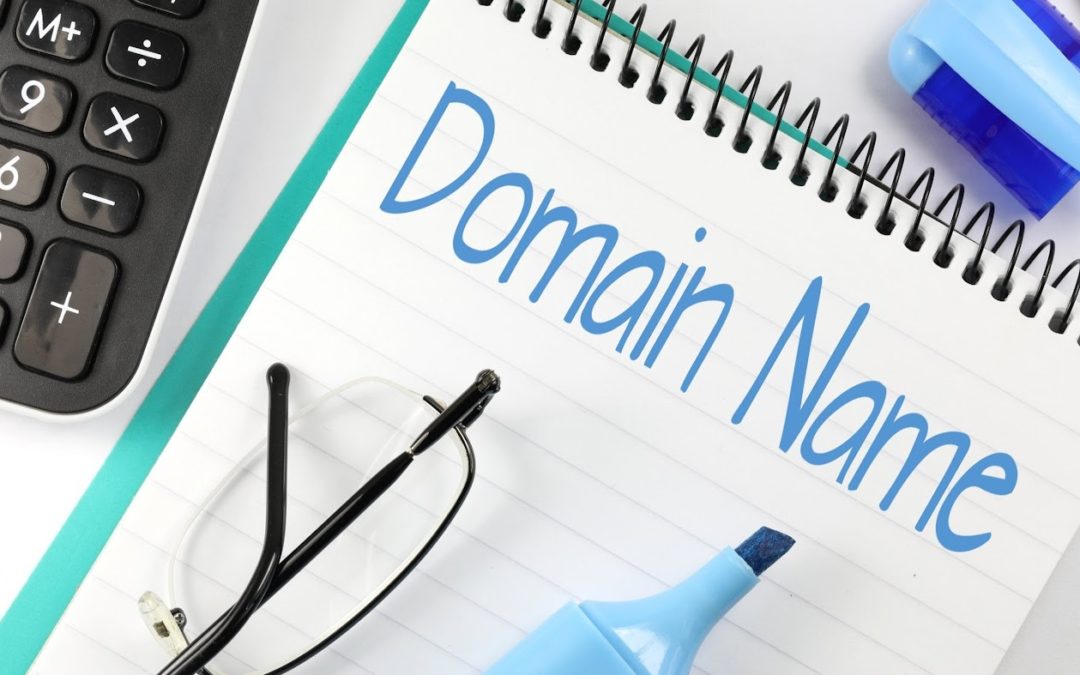UDRP has been adopted by the Internet Corporation for Assigned Names and Numbers (ICANN). It is a policy to prevent the malpractice of cyber squatting and protect the interests, reputation and goodwill of the rightful owners of the brands in their brand name when it is used as a part of their domain name. Whenever anyone purchases a domain name, UDRP is a part of the registration agreement of that purchase. To initiate such proceedings, the trademark owner has to choose one of the approved service providers as per the ICANN some of which are the WIPO, Asian Domain Name Dispute Resolution Centre among others. Most common forum for UDRP disputes is generally WIPO. Each forum has its own rules of procedure.
As per paragraph 4(a) of the UDRP, there are three elements to be satisfied to initiate a complaint under UDRP. These are:
- i) The domain name is identical or confusingly similar to a trademark or service mark in which the Complainant has rights; and
- ii) The Defendant has no rights or legitimate interests in respect of the domain name; and
iii) The Complainant’s domain name has been registered and is being used in bad faith.
The burden of proving the above 3 elements lies on the Complainant however if the facts to be proven are exclusively known to the Respondent, the burden shifts to the latter.
Paragraph 4(b) lays down what evidence the Complainant has to present before the forum to prove the elements laid down in paragraph 4(a)(iii). These are:
- i) If it is proved that the Defendant has registered the domain name in question just sell, rent or transfer it to the Complainant or its competitor for an exorbitant sum as a consideration.
- ii) If the domain name was registered just to prevent the Complainant from reflecting its trademark or service mark in the domain name provided that there is a history of the Defendant engaging in such practices.
iii) Registering a domain name just to disrupt the business of the Complainant.
- iv) Registering a domain name to intentionally attract and to create confusion in the consumer base of the Complainant as to the source of the domain name with respect to the Complainant’s mark.
As per paragraph 4(c) the Defendant has to either demonstrate bonafide use of the domain name or a name corresponding to the domain name with respect to some goods or services or show that it is recognized by that domain name or it had been making a legitimate non-commercial or fair use of the domain name, without intent for commercial gain to misleadingly divert consumers or to tarnish the trademark or service mark at issue to prove that it had legitimate interest in the disputed domain name.
Till the time the proceeding is pending or during any court or arbitral proceeding and till 15 business days after its conclusion, domain name registration cannot be transferred to a new holder as per Paragraph 8 of the policy. Violation of this can lead to the cancellation of the domain name registration. However, Paragraph 4 does not bar either of the parties to approach any other court of competent jurisdiction for parallel proceedings. After the administrative panel takes its decision as to the transfer or cancellation of the domain name, it will wait for a period of 10 business days and during this duration if either of the parties submits any document relating to the commencement of the law suit; it will not implement its decision till the lawsuit has been decided upon.
The remedies under UDRP are restricted to cancellation or transfer of domain name. Any other remedy such as a permanent injunction or damages is a subject matter of a civil suit which can be initiated by the Complainant in a civil court having competent jurisdiction.
In the case of ArcelorMittal (SA) v. Manuel Lopez, Manuel Lopez Cantu, the Defendant had incorporated the Complainant’s trademark ARCELORMITTAL in its entirety into the disputed domain name ventasercelormittalmx.com and was further not able to prove its legitimate interest in the said domain name. In fact, it was known by a completely different name in the trade. The sole panellist, in this case, ruled that the disputed domain name was registered to cause confusion in the internet users as to the association or affiliation with the Complainant’s brand and therefore ordered the Defendant to transfer the domain name to the Complainant.
Author: Niharika Tiwari, Intern at Lex Praxis Advocates & Legal Consultants

